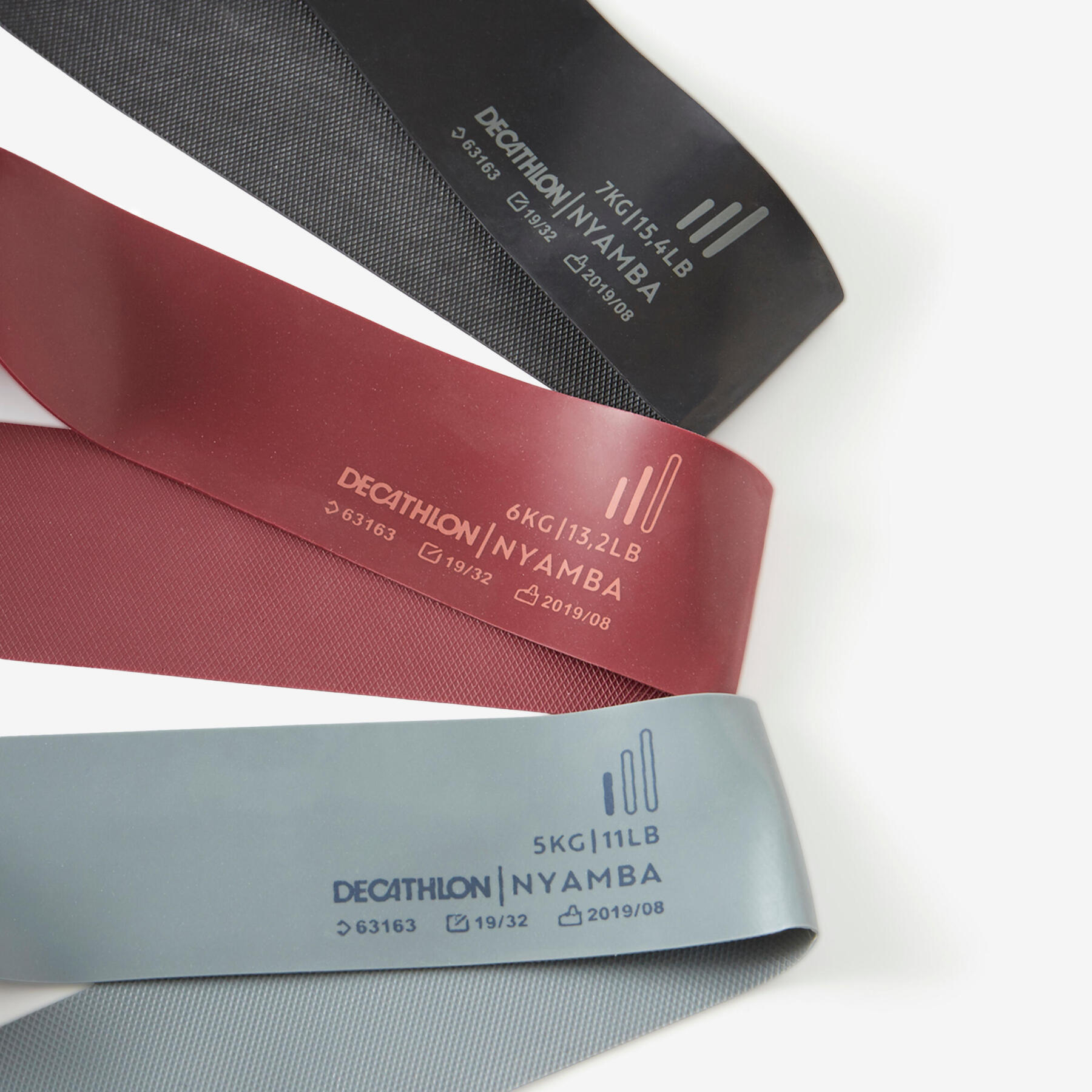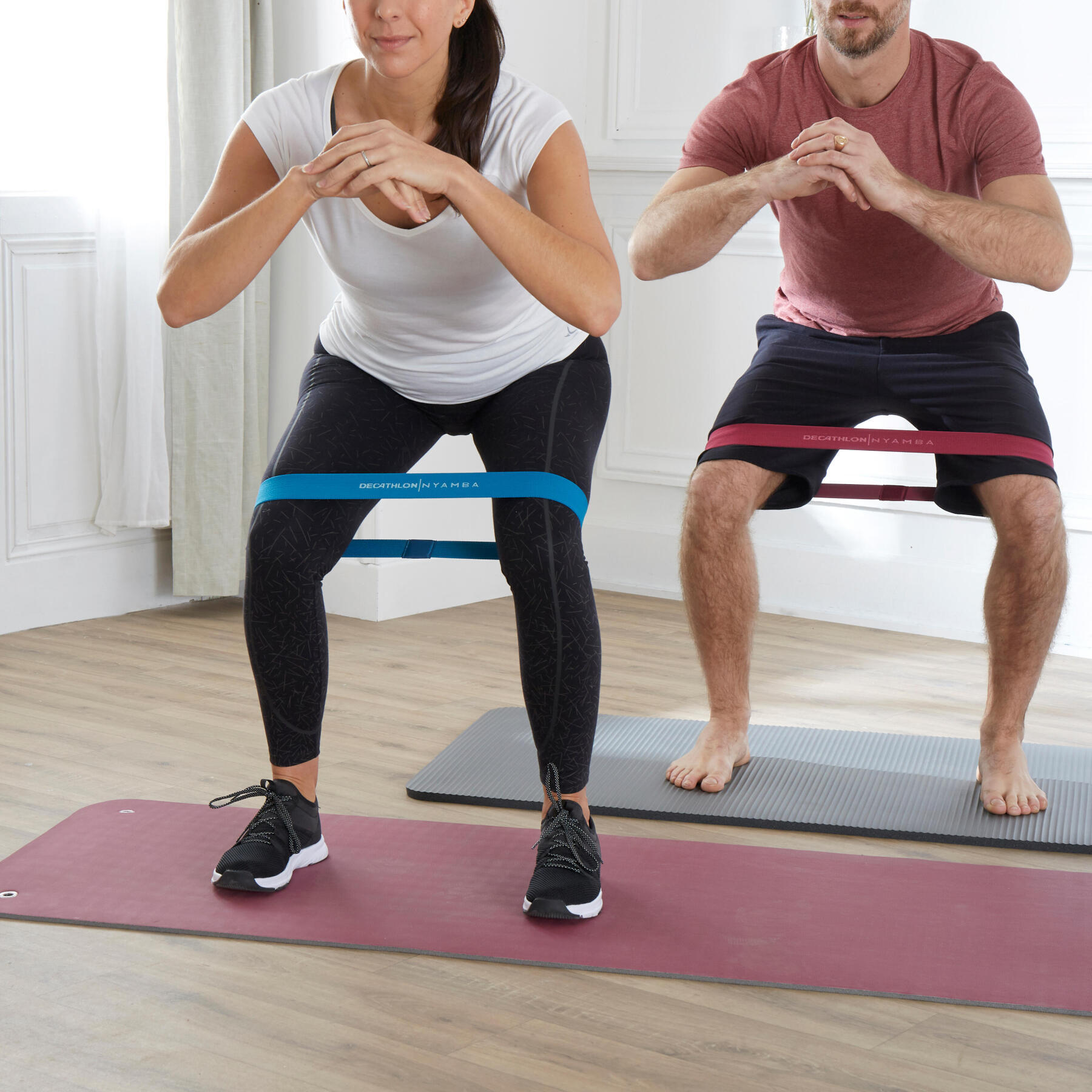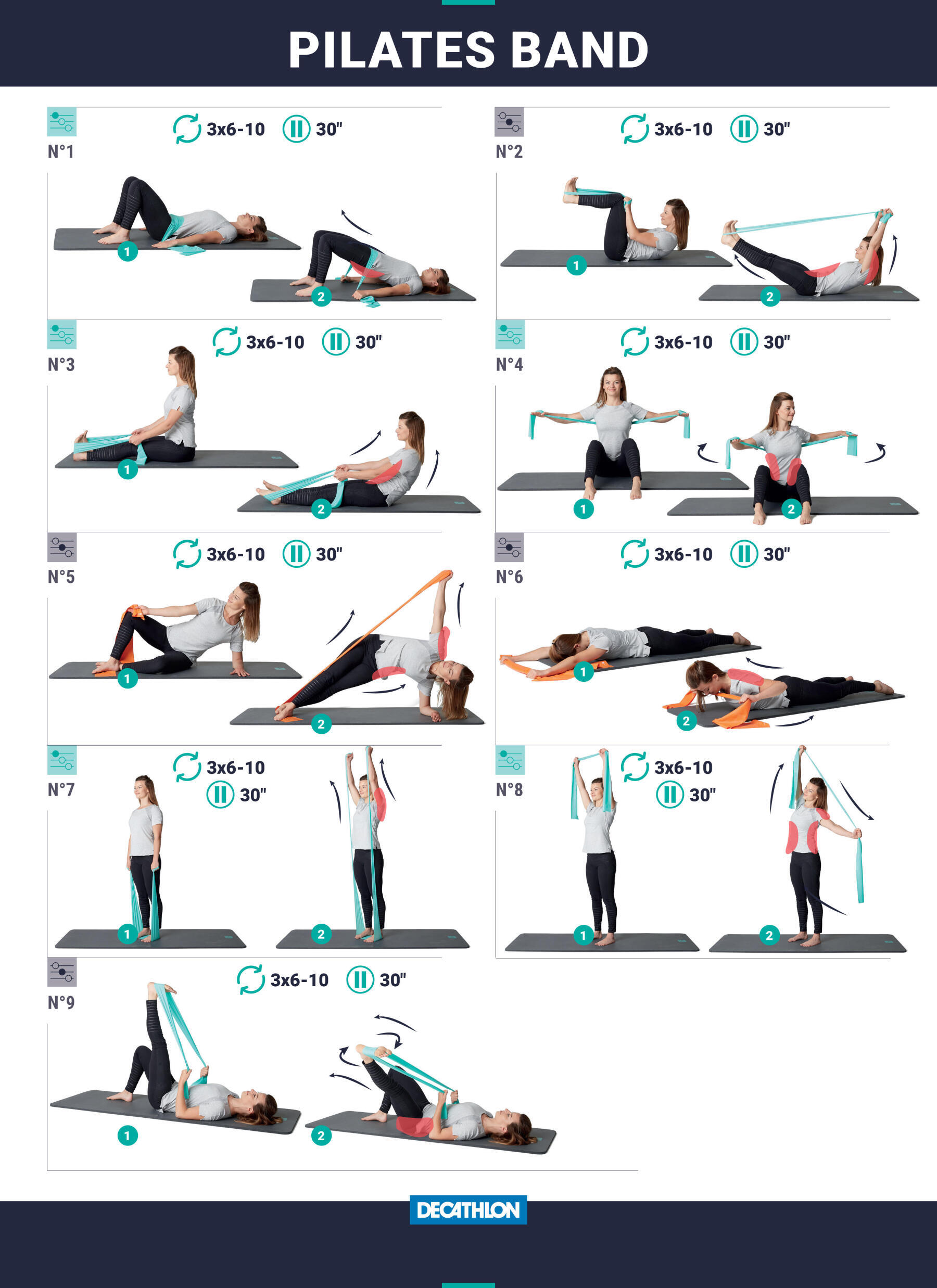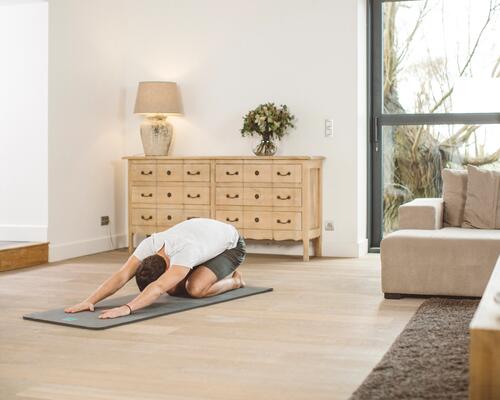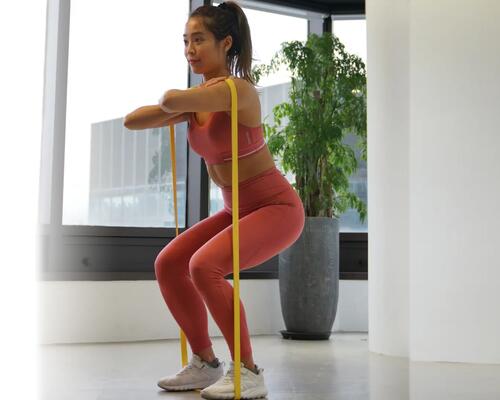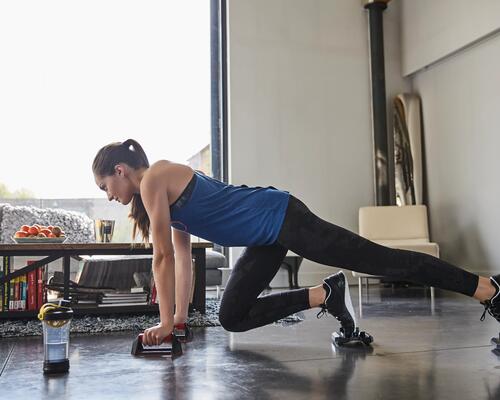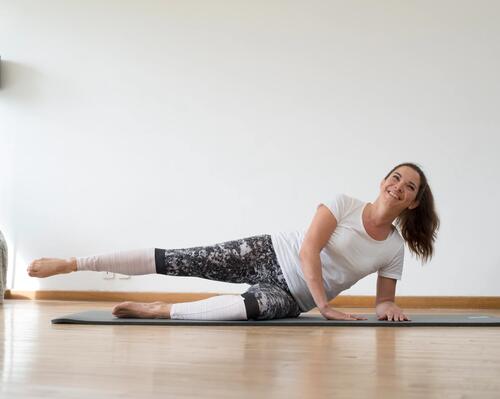What are resistance bands made for?
The resistance band’s core function is mainly to help with muscle strengthening and rehabilitation, but it has now expanded its usability to aid in stretching and pre-workout activations.
Thus, making it an extremely useful and versatile tool to serve the needs of almost anyone involved in keeping fit or staying healthy without putting pressure on your joints.
Main target muscle groups commonly used for strengthening or activation with the use of the resistance bands would include glutes, quadriceps, hamstrings, arms, abs and back.
Strengthening exercises with the use of the resistance bands will inherently improve athletic performance, increase core stabilization and reduce the risk of injury.
Activation of muscles via the use of resistance bands helps to increase the efficiency and performance in your exercise by loosening up tight spots in your body and fire up sleepy muscles.
For example, prior to doing a weighted squat exercise in the gym, you can do the following pre-workout activation with the use of the resistance band:
1. Loop a resistance band around both legs (just above the knee level)
2. Stand shoulder-width apart
3. Maintain a good posture by ensuring that you keep your torso straight, bend your knees to the desired level you will squat to and ensure your knees do not collapse inwards
4. Pause at the bottom of each squat before pushing upwards into a standing position (similar movement to how you perform a weighted squat exercise)

